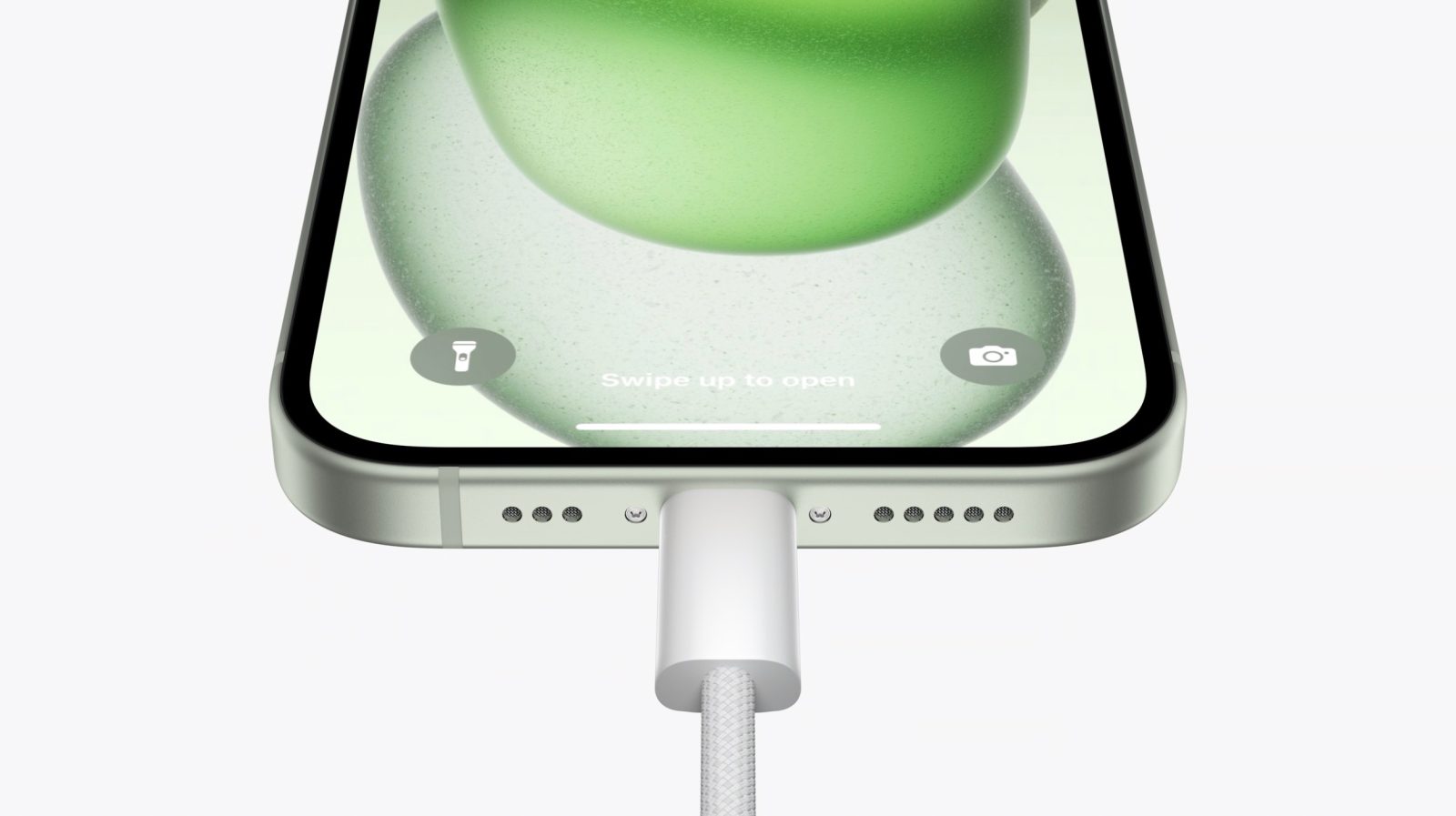
Apple today unveiled the iPhone 15 lineup, which notably replaces the Lightning connector with USB-C. This means customer no longer need proprietary cables to charge their iPhone or transfer data.
USB-C cables are readily available, and are also used by most modern Android phones. However, some Apple customers will be frustrated that they will need to replace their collection of Lightning cables and accessories.
The addition of USB-C on iPhone now means that Apple customers can use the same single cable to charge your iPhone, iPad, Mac, and AirPods Pro (with the new USB-C charging case).
Apple is also releasing wired EarPods with USB-C, for customers who prefer wired headphones. The company did not announce USB-C versions of its entry-level AirPods or AirPods Max. These updates are expected to arrive in early 2024.
During its event, Apple promoted USB-C as the natural standard to adopt, but did not mention that one of the key reasons why Apple is adopting it now is the introduction of an EU law that mandates USB-C as the universal charging port across new phones. The EU believes this will reduce environmental waste.
To recap, iPhone 15 now features a USB-C port and Apple will include a USB-C cable in the box, but you’ll need to purchase a USB-C charger separately if you don’t already own one. Lightning cables are essentially obsolete.
FTC: We use income earning auto affiliate links. More.





